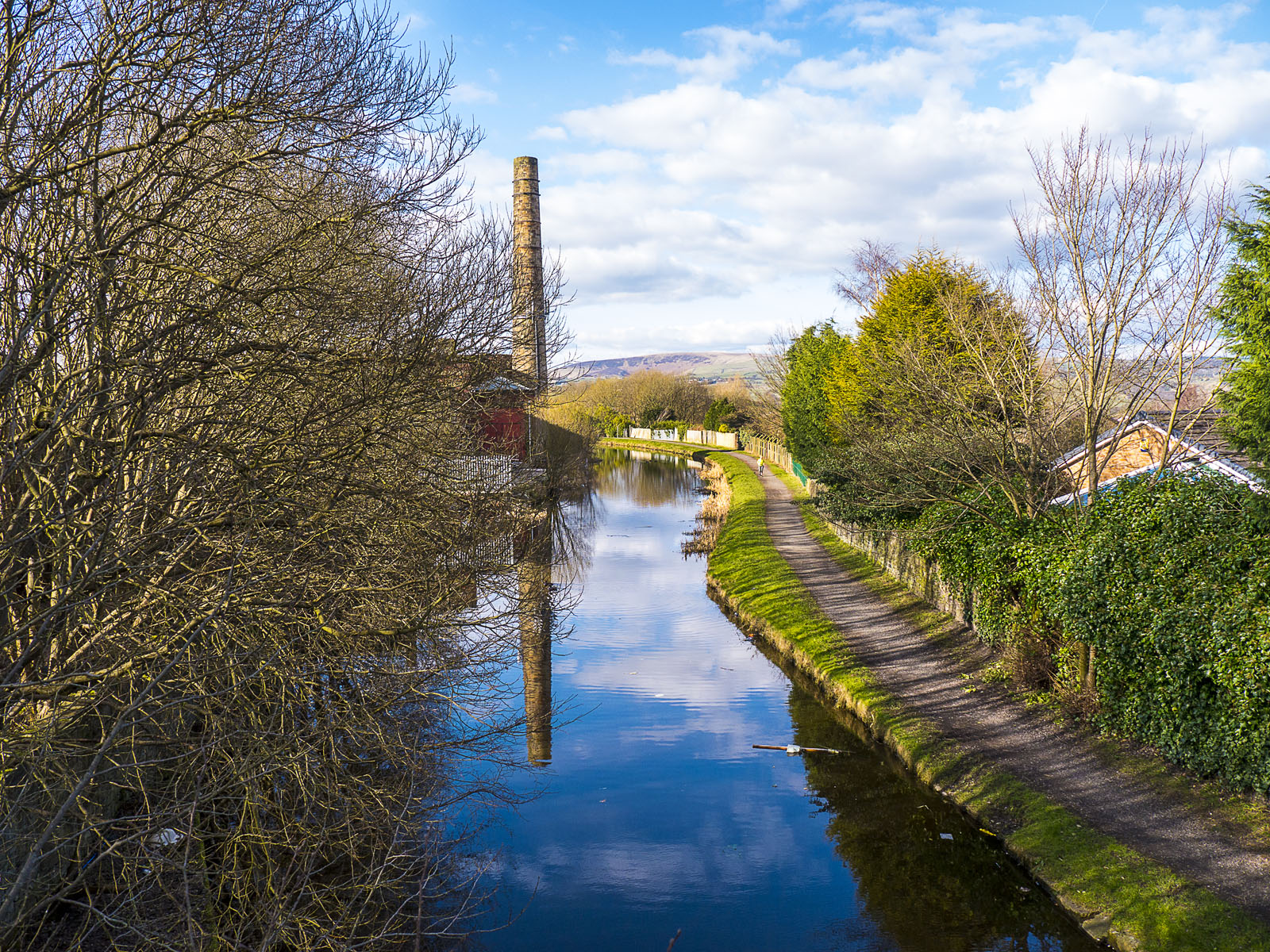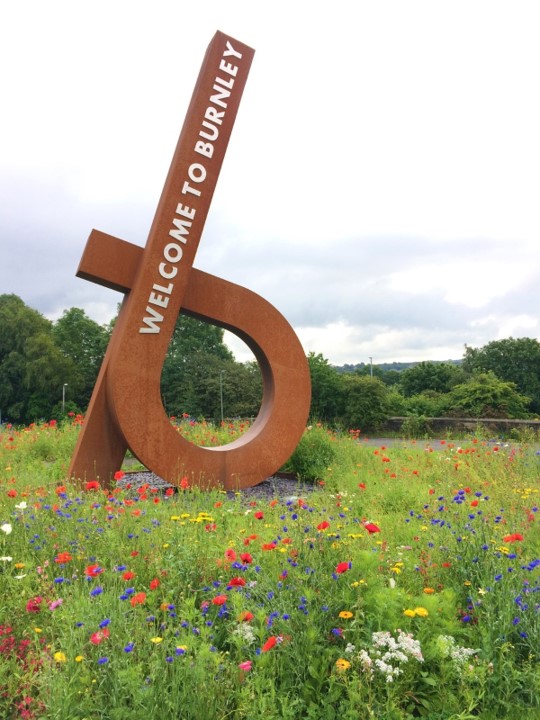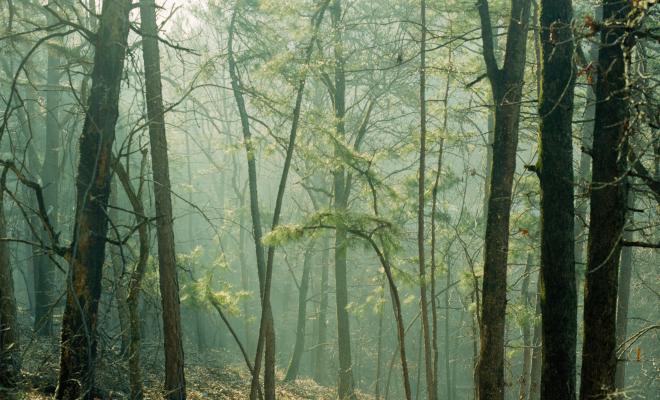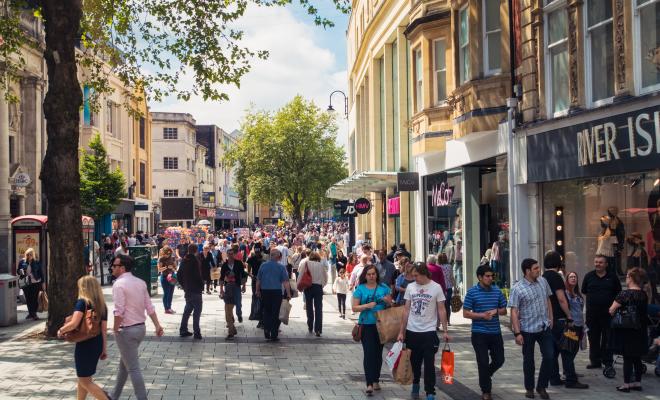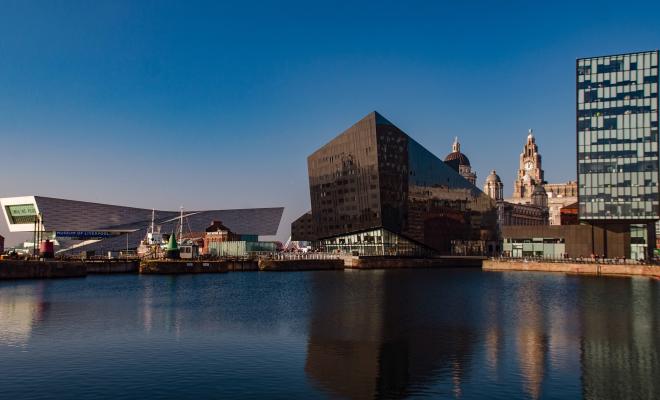20 Sep 2024
How is Action 47 tackling the climate crisis?
Councils need to take a joined-up approach to tackle the climate and ecological crises, and natural green spaces can be part of the solution as they draw down carbon and boost wildlife. Burnley Borough Council has embraced a new way of looking after its parks. The authority has replaced intensive management with alternative approaches that improve biodiversity, cut carbon emissions and deliver health benefits to residents. The scheme has created volunteering opportunities and delivered big financial savings.
The "Go to the park" project was developed with local social enterprise Newground in one of the least wealthy parts of the UK, with public parks facing cuts of over 60% from current council revenues across the next decade. The scheme has seen the council focus on six key areas:
- Meadow management including creating meadows in parks
- Woodland management and timber production
- Converting annual bedding to bee-friendly perennial planting also stores more carbon
- Supporting the parks’ bee populations
- Creating the Volunteer in Parks programme
- Commercial crop production on parks’ perimeters with bee-friendly borage
The project took 6 to 12 months to develop, with ecological and financial benefits arriving after two to three seasons.
What impact has the project had?
Financial impact
The project saved a remarkable £67,480 during the first year of implementation in 2014/15, with total savings reaching an impressive £122,000 by 2020/21.
Ecological impact
The parks’ new meadows have allowed for the creation of urban bee farms, contributing to a rise in biodiversity. New grass management approaches are also helping more native wild plant species to develop.
Social impact
Volunteer in Parks (VIP) is an integral part of the project. Volunteers are mostly semi-retired or retired residents, joined by young people seeking valuable work experience. This element scheme was supported through the creation of a specific VIP brand and four clear volunteer roles relating to horticulture and woodland, as well ranger and beekeeper duties. Roles were marketed online, in the press and through posters in parks. Each role followed a detailed training and activity plan which allowed volunteers to maximise the impact of their work.
The project’s volunteers have enjoyed many benefits as a result of taking part. These include learning horticultural, woodland and biodiversity management skills. They are experiencing a range of health benefits such as spending more time in green spaces, and some volunteers feel more confident, happier and have a greater sense of purpose as a result.
A local mental health charity has been delivering therapeutic sessions in Thompson Park, where attendees have health appointments in the park, talk and carry out minor park maintenance. With many healthcare commissioners looking to support voluntary work in green spaces to boost wellbeing, this project has a good chance of delivering more health benefits in the future.
Socially, park-based gardeners who generally worked alone before the project are now working alongside volunteers, offering knowledge and advice. This has resulted in an improved and more satisfying working environment for staff.
What made this work?
Because the project involved a significant change to the aesthetics of the parks, council officers needed to work closely with councillors and community groups in order to win their support. Before engaging them, the council developed detailed park surveys showing which specific meadows would be altered and what the outcomes of each step would be. This helped ensure strong backing for the project from key stakeholders, which has proved essential in engaging the wider public. Support from park managers and the staff was important too.
The council drew on skills and knowledge in park maintenance methods, as well as volunteer coordination and planning, to make the scheme a success. Finally, an important partnership was developed with a local farming contractor, who assists the council by cutting hay meadows and arranging them into bails in larger open spaces. The council don’t pay the farmer for this service, but instead allow them to keep the crop when it is removed from the parkland.
What resources were needed?
The Rethinking Parks programme set up by Nesta, Heritage Lottery Fund and Big Lottery Fund England to preserve the quality of urban parks, awarded Burnley Borough Council £98,615 to test and implement multiple techniques that would create long term financial savings for park management. Most of this funding was invested in horticultural equipment to implement the new park management approaches.
In terms of staff cost, the vast majority of the work was completed by volunteers from the VIP programme. 78 members of the community have signed up to the programme with over 30 members regularly active. Overall, this volunteer time was worth £34,000.
Lessons from Burnley
The following lessons, including how challenges were overcome, will help councils wanting to take similar action.
Engage council staff
Staff engagement at all levels is critical. Although a lot of the work is carried out by volunteers, a big team of volunteers needs coordinating and council staff time needs to be factored in to do this. The staff members who co-ordinate VIP strategies spent a significant amount of time talking with teams across multiple parks, as well as holding meetings with supervisors on the VIP activities, to ensure time spent by volunteers is most effective.
To overcome the challenge of organising so many new volunteers working across multiple sites the council invested in Better Impact volunteer management software, allowing more efficient planning. A key lesson was the value of hiring a dedicated volunteer coordinator within the programme, because originally the administrative time taken to deliver this part of the project was underestimated.
Political will is required
The alteration of public parks needs courage, energy and resources. Early and meaningful public engagement is essential. Time must be taken to show why these public spaces are being changed, including the wider benefits that will be created create.
A common complaint that councillors received from the public was that many areas were being neglected as a result of the council mowing the grass less often. The council were able to overcome this by ensuring public footpaths were mowed, and also installing informative plaques on the intended wildlife impacts in the area, reminding residents that "nature isn’t neat!".
Maintenance equipment
The council has also faced challenges accessing electronic alternatives to diesel-powered horticultural equipment. Electronic products are only just coming to the market and currently expensive. However with the authority committing to becoming carbon net-zero, it has decided to use money from its climate change budget to upgrade diesel equipment.
“The Council is facing huge cuts and so we are rethinking how we maintain our parks. We are trying to keep doing the things that are most important to the public such as removing litter, maintaining play areas and tackling dog fouling and we are saving money in other areas, such as introducing more wildflower meadows in our parks and replacing expensive bedding plants with herbaceous perennials.”
Councillor Bea Foster, Executive Member for Leisure, Burnley Borough Council
“I now have an allotment and have learnt the skills to make it work. I have also learnt the skills for milling timber.”
VIP Volunteer
Useful information
Related projects
We've found some examples of other council activity on this topic.
- Lincolnshire County Council works in partnership with Lincolnshire Wildlife Trust to manage road verges for biodiversity.
- Hammersmith and Fulham Council was the first council in the UK to stop using herbicides in its parks and streets.
Friends of the Earth's view
It’s great that Burnley council is taking such a joined-up approach to climate, nature and wellbeing, and overcoming initial reservations from the public. This case study should boost the confidence of councils facing resistance to change. Burnley has also shown how to make savings at the same time as delivering multiple benefits.
In addition to managing existing green spaces for nature, councils should develop new nature-rich green spaces in areas where people currently have poor access to green spaces (Action 48 of the Climate Action Plan).
Friends of the Earth is showcasing specific examples of good practice in tackling climate change, but that doesn’t mean we endorse everything that a council is doing.
This case study was produced by Ashden and Friends of the Earth. Any references to national policy in this case study relate to policy under the previous government and reflect the policy context in which the council was operating at the time.


